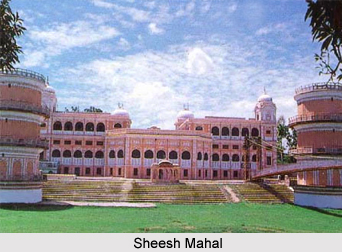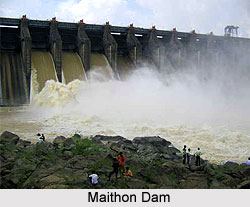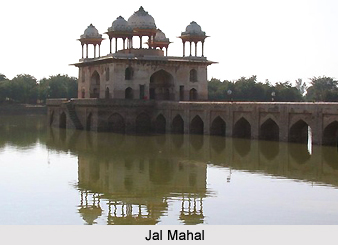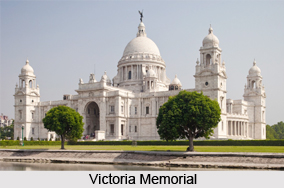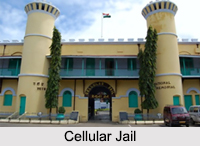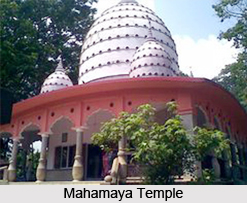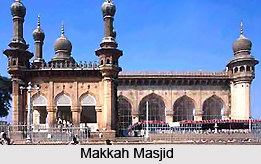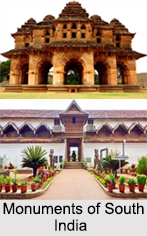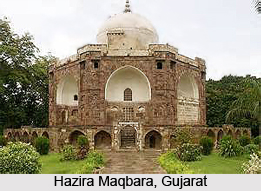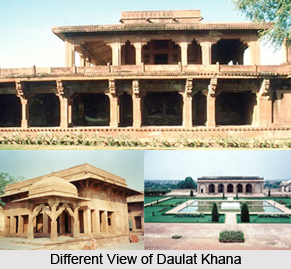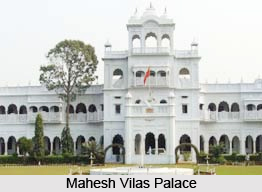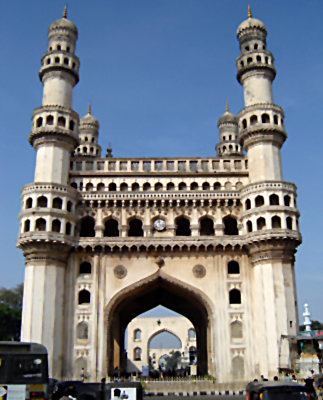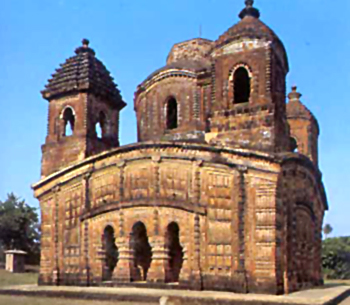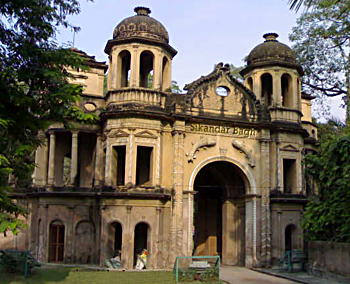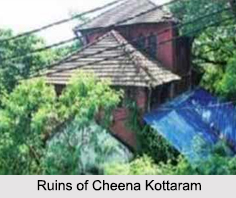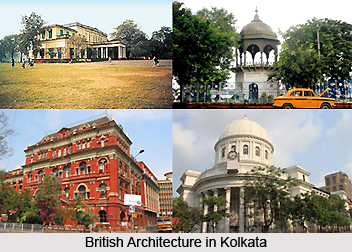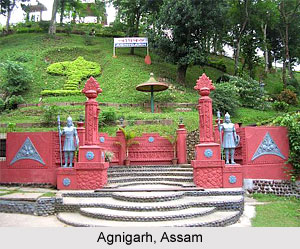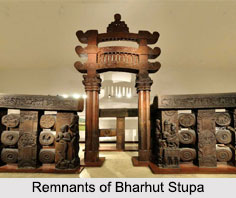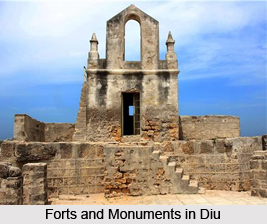 Monuments of Diu retain the distinct colonial Portuguese architectural style. Once referred to as the `Gibraltar of the east`, Diu is located just off the southern tip of the Kathiawad peninsula. The monuments of Diu are a fascinating account of the colonial past. Diu was once a booming, prosperous settlement which reached its heyday in the 17th century, after which it declined into a remote colonial backwater. Due to the strategic location of the place, it afforded great advantages for trade with Arabia and the Persian Gulf. As a result of this, it was an early centre of Portuguese ambition. In 1535 they formed a defensive alliance with the Sultan of Gujarat against the Mughals and, in return, received permission to fortify the island.
Monuments of Diu retain the distinct colonial Portuguese architectural style. Once referred to as the `Gibraltar of the east`, Diu is located just off the southern tip of the Kathiawad peninsula. The monuments of Diu are a fascinating account of the colonial past. Diu was once a booming, prosperous settlement which reached its heyday in the 17th century, after which it declined into a remote colonial backwater. Due to the strategic location of the place, it afforded great advantages for trade with Arabia and the Persian Gulf. As a result of this, it was an early centre of Portuguese ambition. In 1535 they formed a defensive alliance with the Sultan of Gujarat against the Mughals and, in return, received permission to fortify the island.
Historical monuments in Diu
In 1538 Diu fortress was besieged by Mahmud Ahmad Shah III, but the garrison foiled the attack. In 1545 it was invested again, but Dom Joao de Castro routed the Gujarati forces in a pitched battle, raised the siege and annexed the entire island. In 1670 Arabs from Muscat plundered the fort. In 1961 the Indian government invaded the island and expelled the Portuguese. During the attack a number of historic buildings, including the old fort church, were bombed.
Fort of Diu
The fort of Diu is considered to be one of the most important Portuguese forts not only in Asia. It was built in 1535 subsequent to a defense alliance forged by Bahadur Shah, the Sultan of Gujarat and the Portuguese when Humayun, the Mughal Emperor attempted to annex this territory. The fort commands a magnificent view of the sea and surrounding area. The approach to the fort is via a gateway flanked by two pointed pillars carrying a Portuguese inscription and defended by a bastion called St George. Inside it there is a small chapel built in 1702. Cannon and cannon balls can still be seen throughout, many in an excellent state of preservation. However the fort is now crumbling into decay.
St Paul`s Church
St Paul`s Church, founded in 1610, is located near the Office of the Civil Administrator. Dedicated to Our Lady of Immaculate Conception, it has an impressive Gothic facade, rebuilt in 1807.
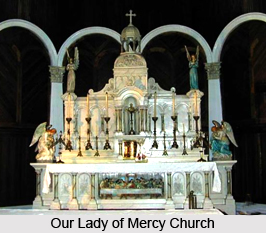 Church of Our Lady of Remedies
Church of Our Lady of Remedies
Located elsewhere on the island, at Fudam, is Our Lady of Remedies, an old derelict church built in the 16th century. Inside is found an old carved altar.
Church of Our Lady of Mercy
Vanakbara, on the western extremity, has the Church of Our Lady of Mercy, a small fort and a lighthouse.
College of the Jesuits
College of the Jesuits is one of the ancient structures in Diu built in 1601. The monument has now been converted into the Se Matriz Cathedral.
Fortress of Panikhot
Fortress of Panikhot faces the town of Diu and is situated on an island at the mouth of a creek. It is a massive rectangular stone fort containing a lighthouse and a small chapel dedicated to Our Lady of the Sea.
Zampa Gateway
Zampa Gateway is a major landmark of Diu hemming in the Northern part of the city. The bright red painted gateway wall is carved with dedicated angels, lions and a priest. An artificial waterfall adds to its beauty. The historical structure dates back to 1702 CE.
